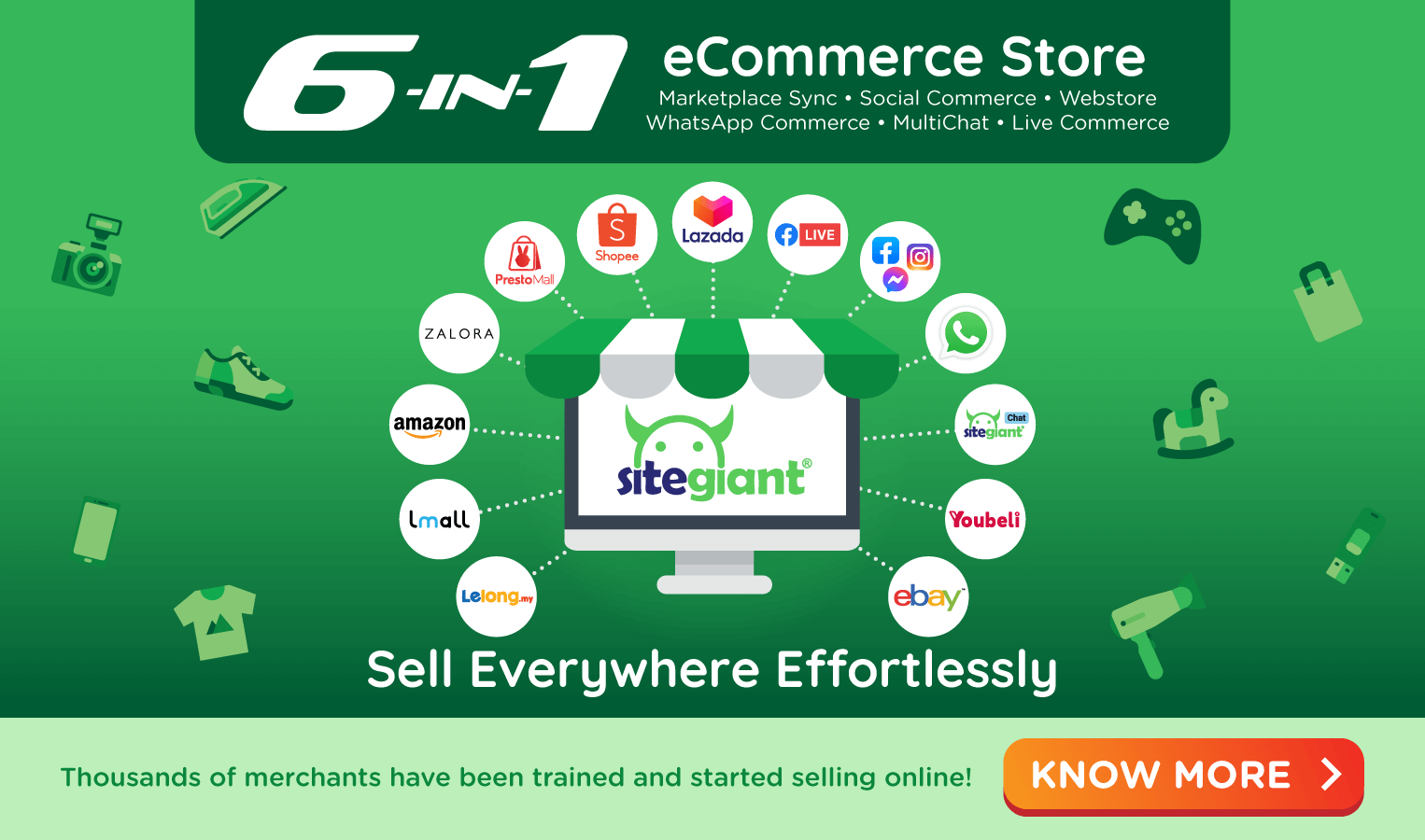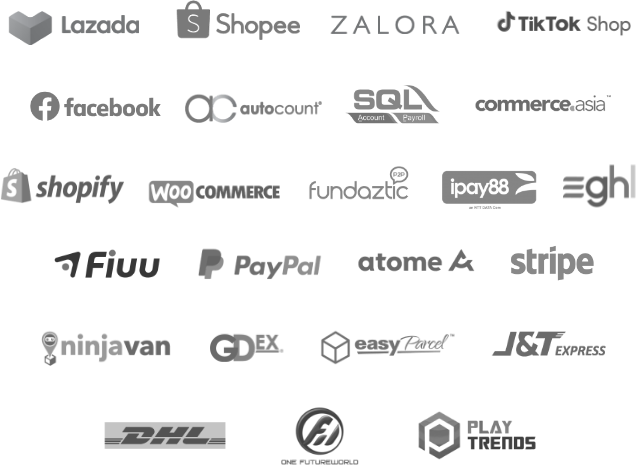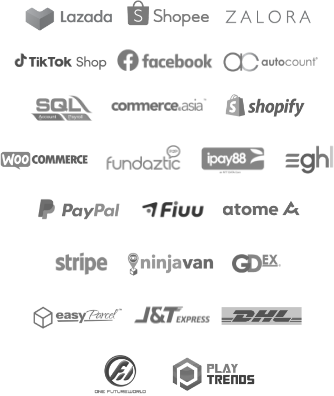Dropshipping is a way of selling products online without the need to get the products in bulk quantities and manage inventory, pack or ship them to customers.
In the dropshipping business, you act as a middle man where you use a website to promote your products, but you do not physically handle the stock. Rather, you rely on your products suppliers – wholesalers or manufactures – to ship the items directly to the customer. Your profit is the difference between the price the item is sold for and what you pay for it wholesale plus shipping costs. Though this is not a new e-commerce business model, it is becoming popular of late with the rise of online marketplaces.
The Drop Shipping Process
The process is simple – first, a customer orders an item on your website. You then pass the order and customer’s payment to the supplier, but you keep back your share which is your profit.
Lastly, the supplier fulfills the order and delivers the item to your customer.

Understanding the Pros and Cons of Dropshipping
Pros of Dropshipping
There are numerous benefits of dropshipping as shown by the list below:
- Easy to get started and sell quickly – you do not need deep technical skills or even a website as you can sell at online marketplaces
- Operate on a very low budget – this e-commerce business has a low startup and order fulfillment cost and no inventory cost. This is because you do not need to organize, track, pack, label or ship the products.
- Eliminate inventory risk – since you do not need to own any stock or buy inventory from a supplier, you don’t need a store room or warehouse. This also means you don’t need to pay for storage or worry about stock you can’t sell.
- Wide product variety – you can choose the products you wish to sell, and there are a lot of choices out there to choose from
- You get the money upfront, giving you a healthy cash flow
- This business is easily scalable, enabling you to expand your product offering quickly and easily. Depending on how quickly you want to build out this model, it can fit around your lifestyle or schedule.
- Run it from anywhere as this is a virtual business model, giving you freedom and flexibility
Cons of Dropshipping
On the flip side, there are a few disadvantages of drop shipping that you might need to know.
- Product quality or delivery issues
Since you do not have the actual products with you, this means that you will not be able to check on the quality of the products or to verify if the correct items are being shipped. You will also have no control over when the order will be processed and when product will be sent.
Hence, if your customers receive faulty or incorrect products, or if the delivery was late, they will not be happy with you, since the suppliers are invisible to them.
To overcome this challenge, ensure that you do a thorough research on the suppliers. Get in touch with them and inquire on their shipment time and method, and how they track and manage returns.
If possible, verify their information by placing a few test orders with them and take note of the average shipping time and quality of the items received. These will help you choose reliable ones.
- Back ordering
It is possible that when a customer places an order with you, you then found that the product is out of stock. This causes shipment delay as your supplier work on stock replenishment.
In this case, always have a plan B which comes in the form of another supplier for the same product as your back-up.
- Varying profit margins
For the dropshipping business, there is no fixed profit margin since margins depend on the products you choose to sell. Some products may give you a margin as high as 30%, and some as low as 10%.
Potential customers will also tend to compare your competitors’ prices to yours, hence there will be times where you will find yourself in a pricing war with your competitors.
The other thing which impacts your margin which you need to be vary of, is shipping costs. Shipping costs differ from country to country and across different suppliers. You may sometimes be pressured into offering free shipping to your customer too.
Fortunately, you can mitigate these challenges by conducting a research on products to know which ones are high in demand, and which ones are not. You can also consider diversifying the range of your products to target various niches. The more you can successfully connect with your targeted niches and their needs, the better.
Then, look at ways you can add more value compared to your competitors. Some examples include after sales customer service, high quality product images and detailed descriptions, creating videos to show how the product works etc.
- Highly competitive
In relation to the 3rd point above, there could be several competitors selling your exact same products. This then invites the question – why would customers buy from you?
To win over your competitors, again research needs to be done and this time it is on, you guessed it right, your competitors. Go to their website, review the contents and the buying process. Also, take a look at their marketing activities and strategies and check on their social media presence. Look out for flaws which you can improve on for your own customer experience.
With all this said, the advantages of dropshipping outweigh the risks.
Who should consider the dropshipping e-commerce business model?
This business model is suitable for you if you:
- Have a very lean budget to start a new online business
- Want to try selling a new product line
- Do not want to manage inventory or shipments
- Do not have any experience or past knowledge of ecommerce
The concepts of dropshipping are easy to grasp and master especially with the services of reputable marketplaces. With careful planning and adherence to the guidelines listed above, you can be well on your way to building a successful dropshipping business.












